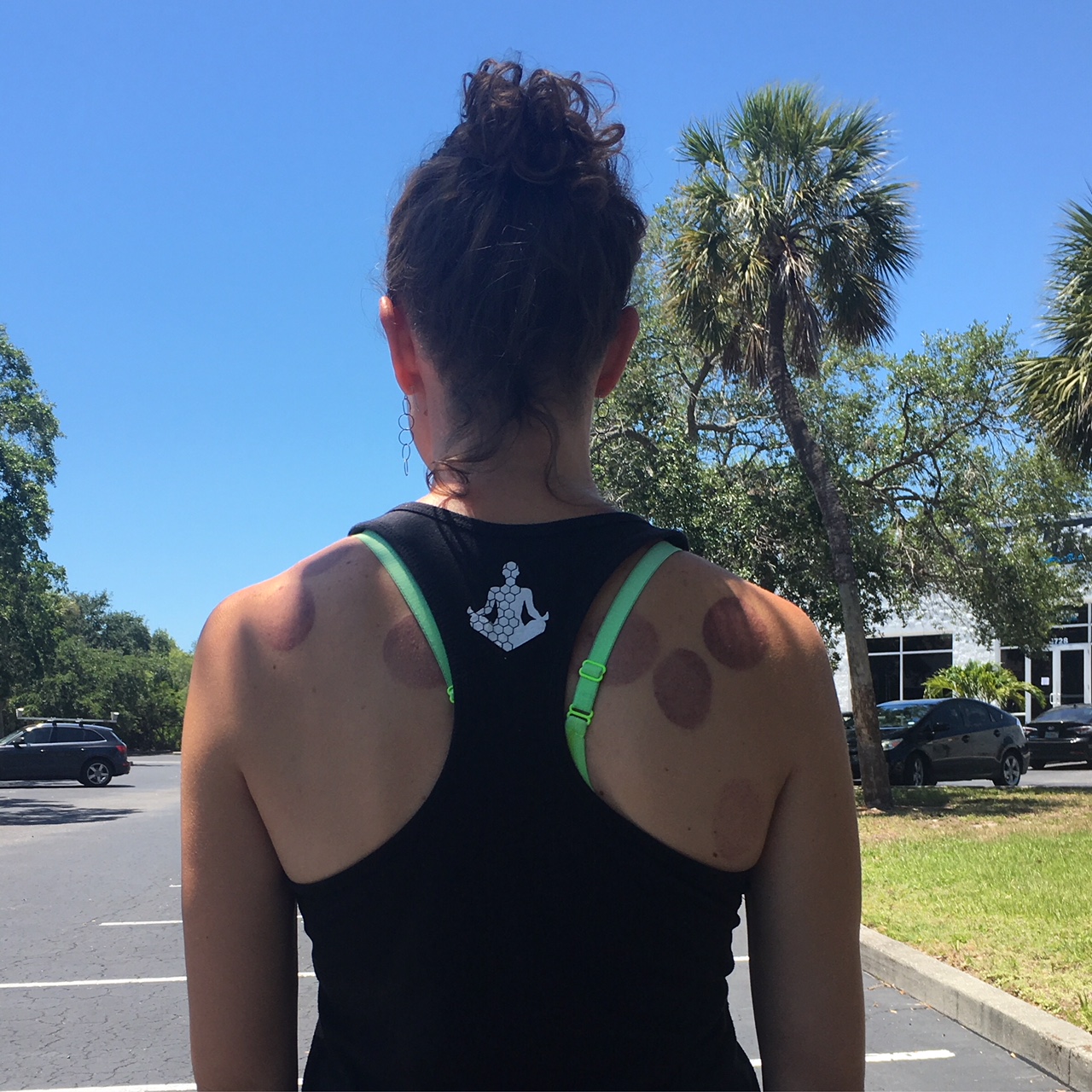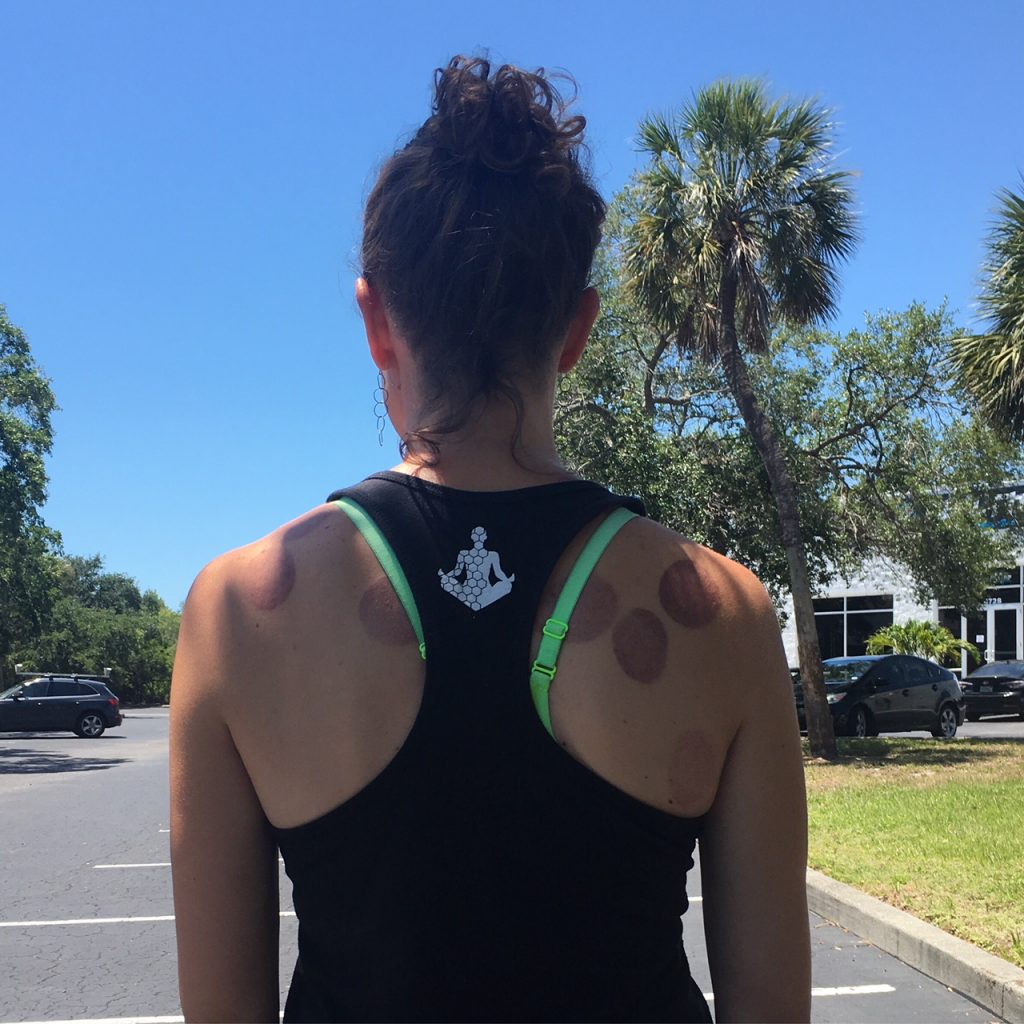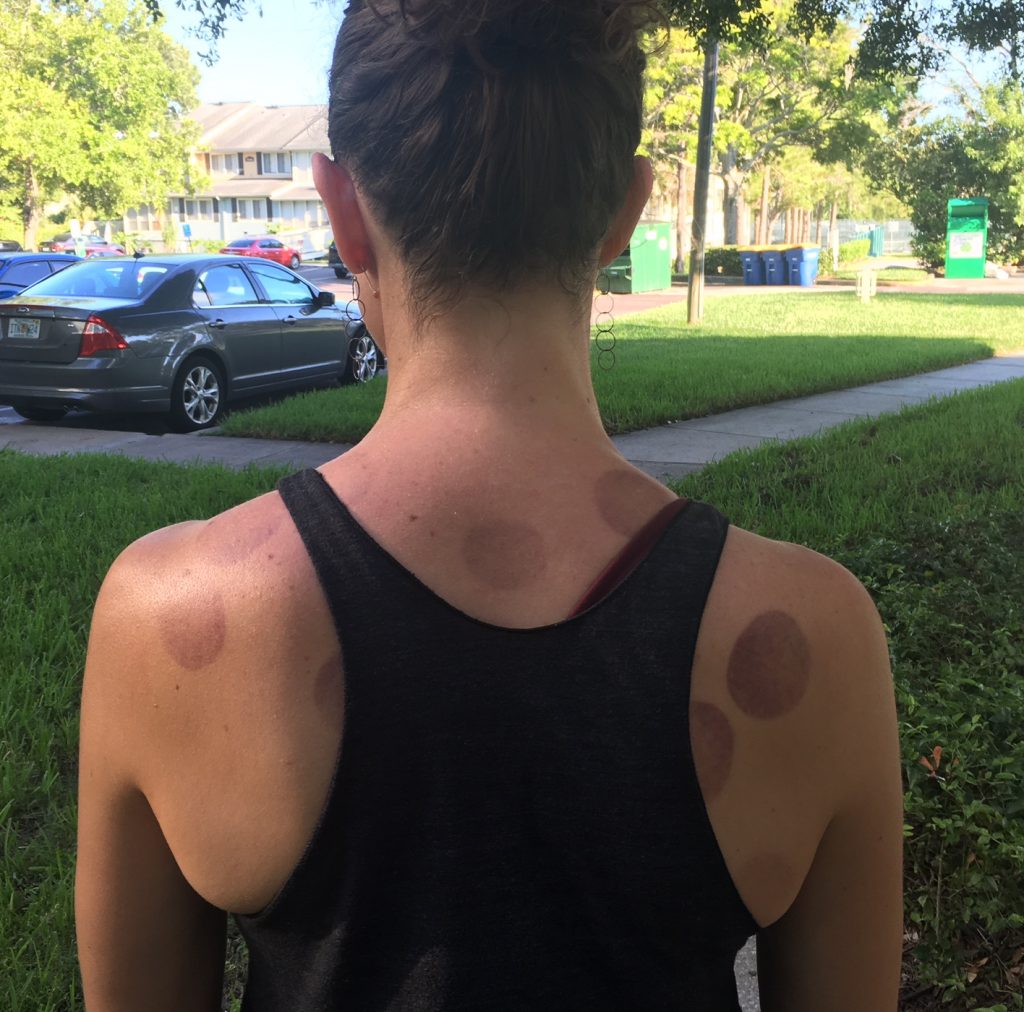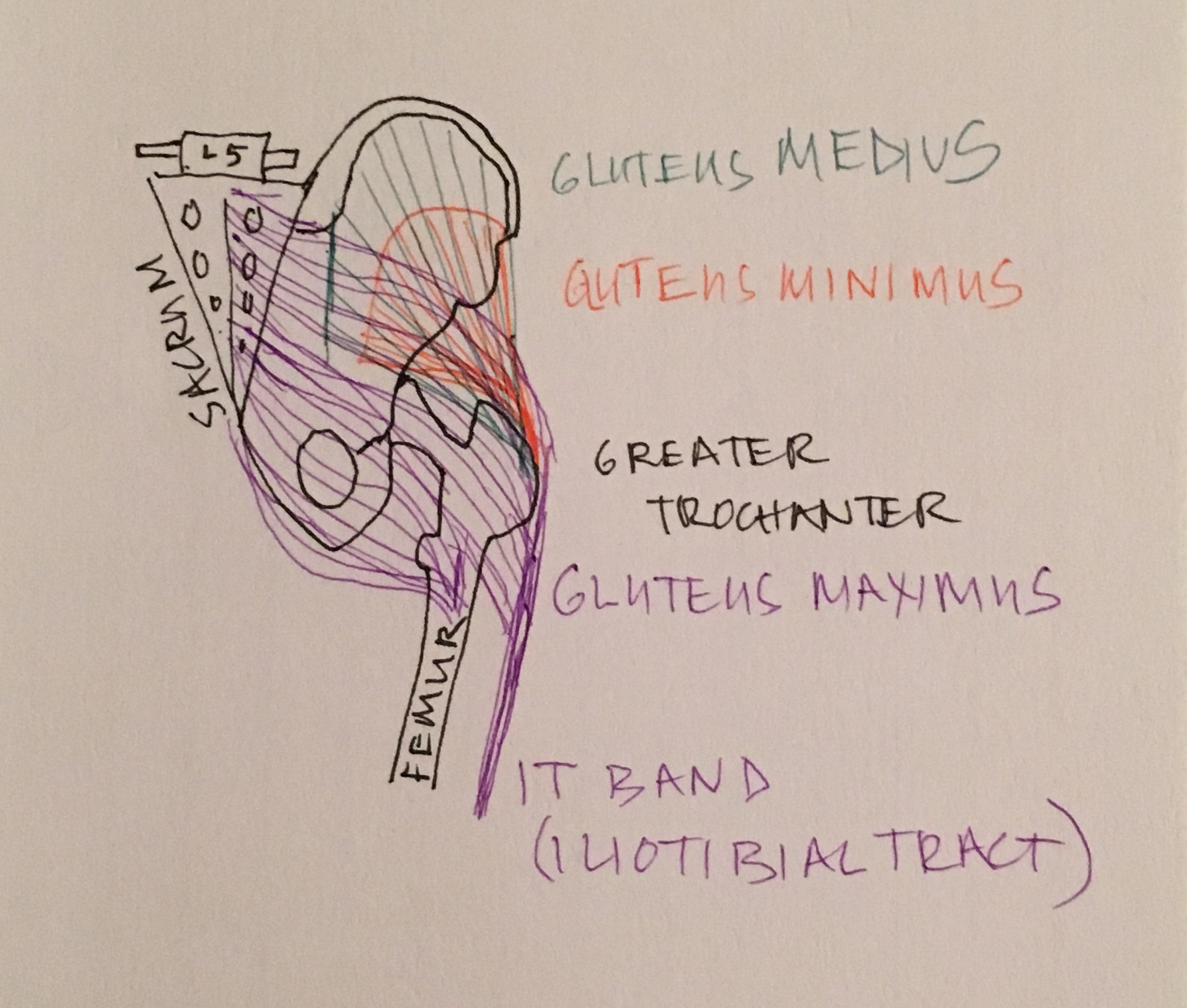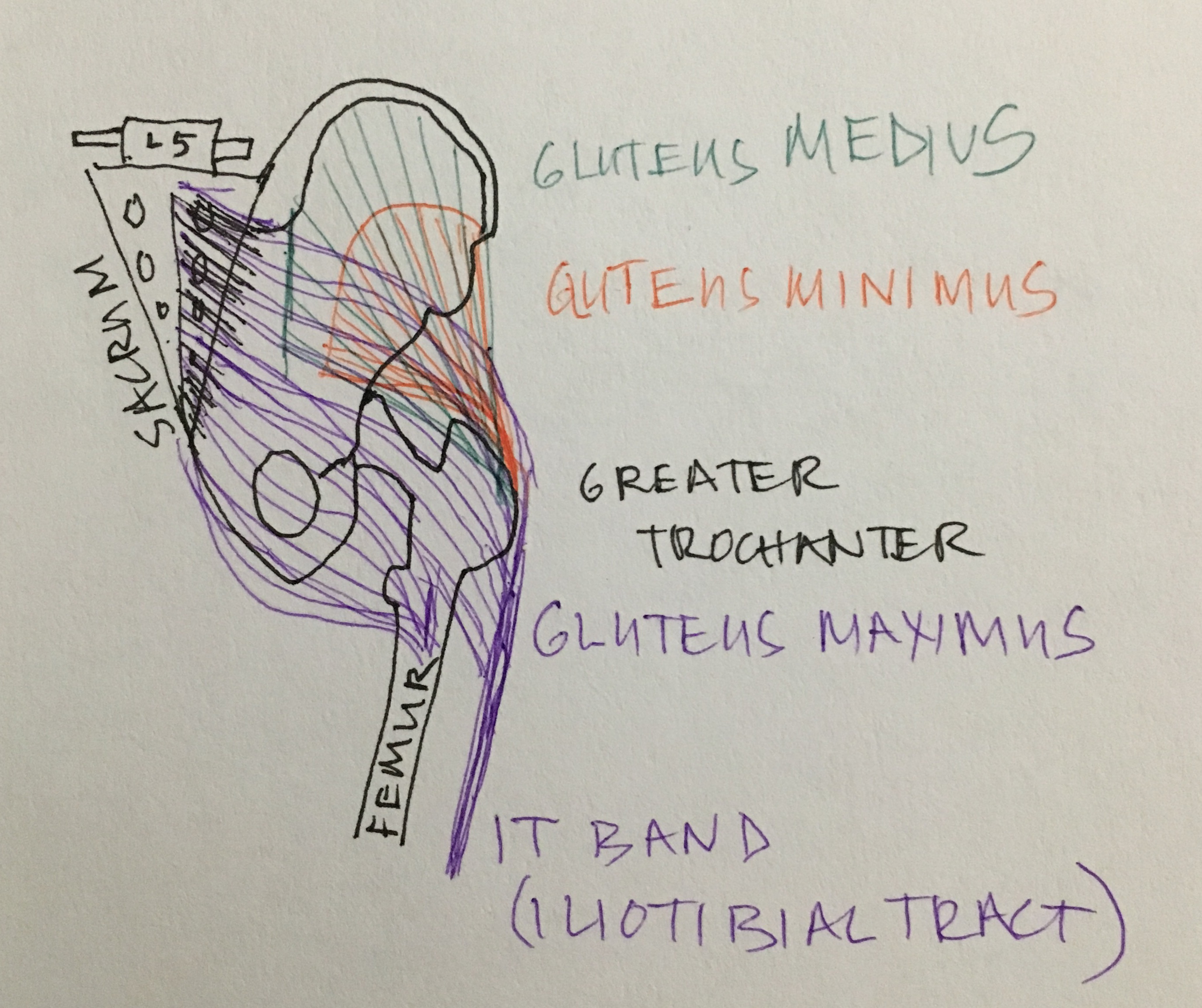You know that quote from Morpheus in the Matrix?
“Unfortunately, no one can be told what The Matrix is. You‘ll have to see it for yourself.”
That’s kinda how I feel about neurosomatic therapy. I mean, at its base, it’s a form of massage therapy. But I feel as if I have to layer on all these caveats and qualifiers, after I drop those words, “It’s a form of massage therapy,” so that people have a more realistic expectation of what treatment entails.
How about I just get started instead of wasting both of our time talking about talking about it!!
NST is a form of very targeted bodywork that is focused on bringing balance back to the body and the nervous system. Each session begins with a postural assessment during which we measure the position of many of your bones, including the bones of your head, in a few different positions (standing, seated, laying down).
We use these measurements to identify areas where the body is tilting, twisting, flexing, or extending. These measurements, along with your history and symptoms give us a good indication of what muscles, organs, or bodily systems need attention.
We’ll review the results of this assessment with you, help you understand what we think could be contributing to your pain, answer any questions, and then dive into treatment.
Treatment usually consists of very focused manual therapy (we might just work your right anterior deltoid, for example, instead of working your entire shoulder or both shoulders). We not only treat the usual suspects (upper traps, posterior neck, etc.), but we also treat muscles commonly overlooked such as the muscles on the face and head, the front of the neck, and inside the mouth, eye muscles, muscles of the hand and foot, etc. Treatment may also include joint mobilizations, breathing exercises, and treatment of your organs (heart, lungs, liver, intestines, bladder, etc.),
The work can be intense for some, as we search out specific areas (trigger points) that are not getting good blood flow. While the treatment may at times be uncomfortable, it should never be painful to the point where you are bracing against the pressure.
What can NST help with?
Headaches, migraines, tinnitus, vertigo, TMJ disorders, sinus issues, neck pain, whiplash, frozen shoulder, thoracic outlet syndrome, tennis/golfers elbow, carpal tunnel syndrome, back pain, scoliosis, low back pain, digestive issues such as IBS, painful periods, hip pain, sciatica, shin splints, foot pain, plantar fasciitis, etc.
Can NST fix me?
With NST we help you and your brain bring awareness to areas of the body that are misused, abused, or confused. This improved awareness, enhanced by expert targeted manual therapy and consciously done exercises, can help decrease pain and improve your performance. Ultimately, it’s YOU that heals YOU, by using this new-found awareness of postural patterns and habits to change how you move and interact with the world.
How long does it take to get better?
Some clients see marked improvement in their first session; however, many clients feel much better after the 4th session. Some clients see tremendous improvement after 10 sessions or so. It really depends on the severity and length of your symptoms, as well as other factors that influence your perception of pain (e.g. sleep, your thoughts about the pain, nutrition, movement, etc.)
What should I expect in a session?
During the session you could be up and down off the massage table, and you may be moving into a variety of positions (prone, supine, side-lying etc.) for treatment. To facilitate how active and varied the session can be, you will be dressed in either gym shorts (if you are a male) or a NST gown (shorts and a shirt that opens in the back) if you are a female.
Each session will begin with the postural assessment and interview. Then treatment will commence. Treatment will include education, using models or anatomy software, to help you understand what is going on in your body. You may also do some exercises, and you will likely get homework. Lasting change can only occur by repeatedly showing the brain how to access the “new normal.”
Here is a video that shows a typical NST session.
What if I have more questions?
Leave me a comment below, or contact me using the link above or on Facebook at https://www.facebook.com/hloyoga/.

